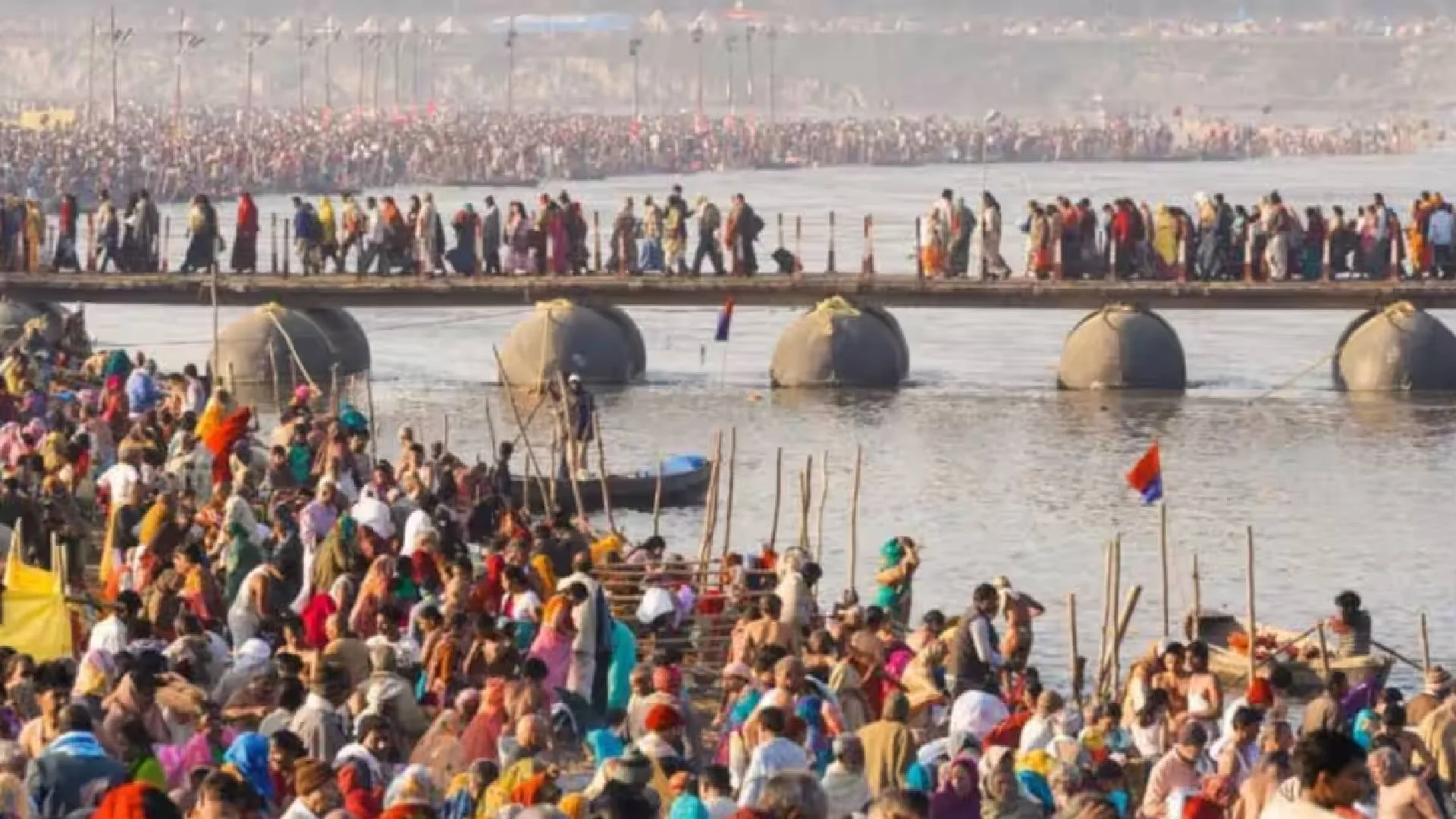The status of women in the late Vedic time period immensely declines. In the later Vedic period around 100CE King Manu authors the Manusmriti, a law code for society. During this time period, women lose their rights, and their power in the ideological and economic spheres is significantly reduced. The law code outlines punishments and enforces a binary world view of “right” and “wrong” on society.
The Manusmriti is concerned with dictating practices and limiting the number of people who may access ideological power. The Manusmriti exploits teachings from previous ideologies and institutes a structural lifestyle for each member of society based on their gender and occupation. The scripture in itself is authored by one man in contrast to the Vedas, which have multiple men and women as contributors.
During the age of the Manusmriti, there is a rise in pre-puberty marriage, motherhood is imposed on women, widows aren’t allowed to remarry, and the practice of sati (widow burning) grows in society. In simpler terms this system basically required girls to get married, produce children, and if their husband dies then their time on Earth would be over as well. Women lost their individual identity. Their identity is determined solely in relation to men. The practice of sati reinforced the idea that men were in control, as no such practice existed for men. Some people argue that sati was “voluntary,” but that still should make us question the hostility society held towards women.
Up to 500 BC in Vedic literature marriage wasn’t obligatory, but rather desirable. Around 300BC marriage became mandatory for girls. As the marriage age for girls was lowered, women slowly lost their rights to education. Women are no longer allowed to exercise ideological power. They are objectified and their only role in society is reduced to that of procreation. By removing them from the most powerful spaces they could occupy, a misogynistic patriarchal society is created.
Women also lost their property rights and even within the household, they lost their independence. There is also a growth in monogamous families during the post-Vedic period and an emphasis on female chastity. These restrictions on women create a preference for son. In this new structured society for men to retain their power, there is rise of a caste and gender hierarchy.
Despite the authoritarian ideology there are also some unique cases, evidence of which is found in inscriptions that reveal how some women reclaimed their position in society. Inscriptions on a cave in central India, commissioned by a royal family speak of how Queen Naganika came into power by forming an alliance with a king through marriage (Satavahan). She is able to use her “required” marriage to gain political power by strategically marrying a king from a weaker kingdom. Through her marriage, she provides a strong military alliance. Her ability to have inscriptions engraved in her praise is also a depiction of her power. After her reign, the kings of her empire began to add their mother’s name to their formal name (Satavahan).
While an authoritarian collectivist ideology dominates society, Shaktism grows as an opposition to the hierarchical patriarchal system. This opposing ideology is a form of metaphysical feminism that “accepts the Goddess principle as the ultimate reality that binds together different and separate elements of reality”. It is built off of the liberal values from the Vedas and parts of the Shaivism ideology that is preserved from the pre-Vedic period. This ideology does not quite make it into mainstream society until the medieval period.















